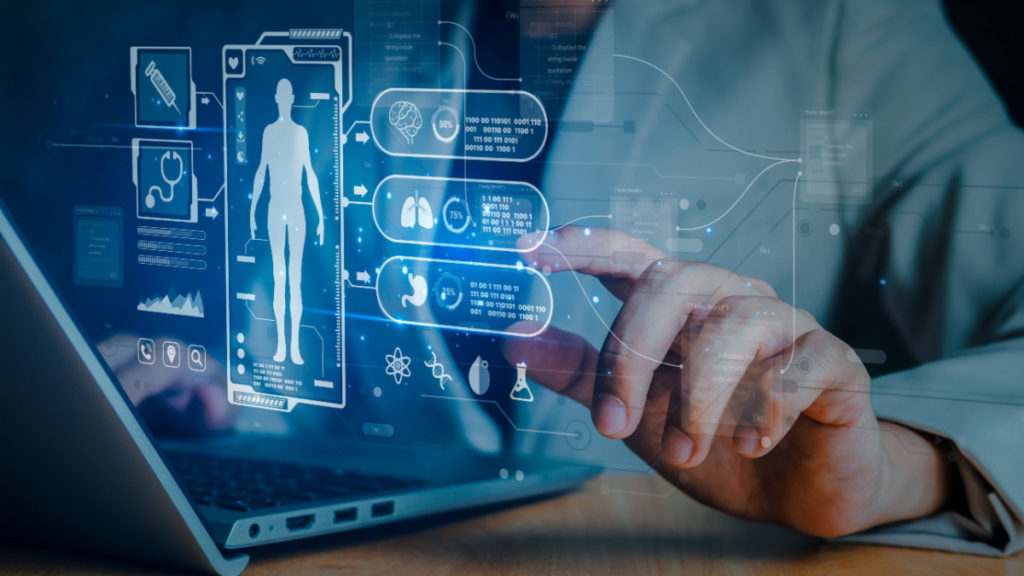Software reading scans and online management of mental health are examples of digital healthcare that keep up with the modernization of the world, where efficiency and patient satisfaction are two key benefits. The weight of increasing demand for services could be lifted as more options become available for patients to seek treatment, and communication across the medical field can be redesigned.
AI recognition
Artificial intelligence (AI) is living up to its name as the demand for medical imaging increases, and the implementation of software can prove useful in X-rays, CT, and MRI scans. With radiologists struggling to keep up with so many scans piling up, AI’s ability to learn, extract information, and recognize patterns couldn’t come at a better time. With increased efficiency in detection and diagnosing conditions, AI is predicted to be used for the detection of multiple types of cancer over the next 20 years, as well as neurodegenerative diseases.
Aging populations and increasing diagnoses of chronic diseases mean that the demand for resources is greatly increasing, and digital healthcare aims to keep up with these changing requirements. The integration of AI has the potential to optimize resources by alleviating the burden on existing staff without the risk of decreasing the quality of care provided and keeping healthcare in touch with the modernization of the rest of society.
Managing mental health
Anxiety and other mental health conditions that are extremely prevalent worldwide can take up a substantial amount of time in GP appointments, and waitlists for therapy can extend over years. With telehealth and telemedicine coming into the picture more since the COVID-19 pandemic, telephone appointments have stayed in place, and mental health apps have skyrocketed.
Helplines and cognitive behavioral therapy delivered through smartphones could be just as effective in providing treatments for patients in need of talking to someone so people can be connected to professionals from their homes.
Implementing mental health applications could also allow people to become more involved in their healthcare and become active participants in their treatments. The use of apps could also appeal to younger generations and mirror current modernizations and technological advancements in other industries worldwide.
Steady, ongoing management of mental health over a long period of time could also prevent overwhelm and increase patients’ happiness. Apps can also provide information about healthier diets and food choices, further promoting consistency in healthy habits.<
Telehealth communication offers a new approach to punctuality and efficiency, where medics and other industry workers could hold meetings online or through virtual reality. With the possibility of employing technology, medical education could also be redesigned, and clinical services could be provided without the need to travel back and forth. The reduced costs of in-person appointments alongside the consumerization of healthcare, create efficiency and easier access for medics and patients, saving time, money, and resources.
For more information on the topic, please see the IDTechEx report, “Digital Health and Artificial Intelligence 2024-2034: Trends, Opportunities, and Outlook“.
IDTechEx provides trusted independent research on emerging technologies and their markets. Since 1999, we have been helping our clients to understand new technologies, their supply chains, market requirements, opportunities and forecasts. For more information, contact [email protected] or visit www.IDTechEx.com.


